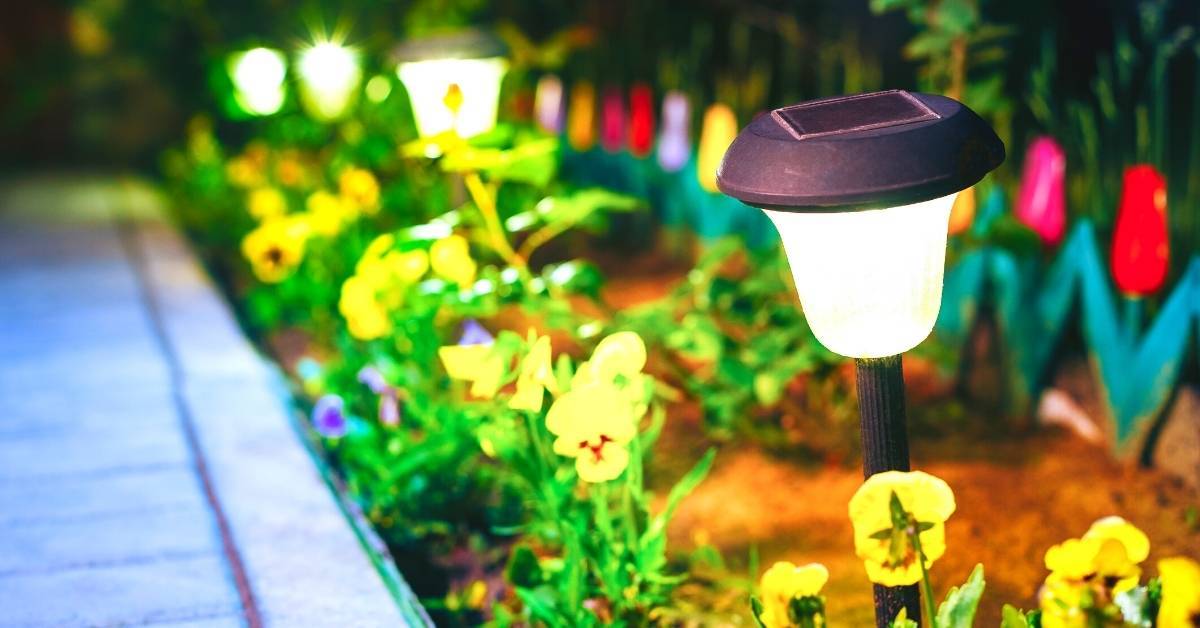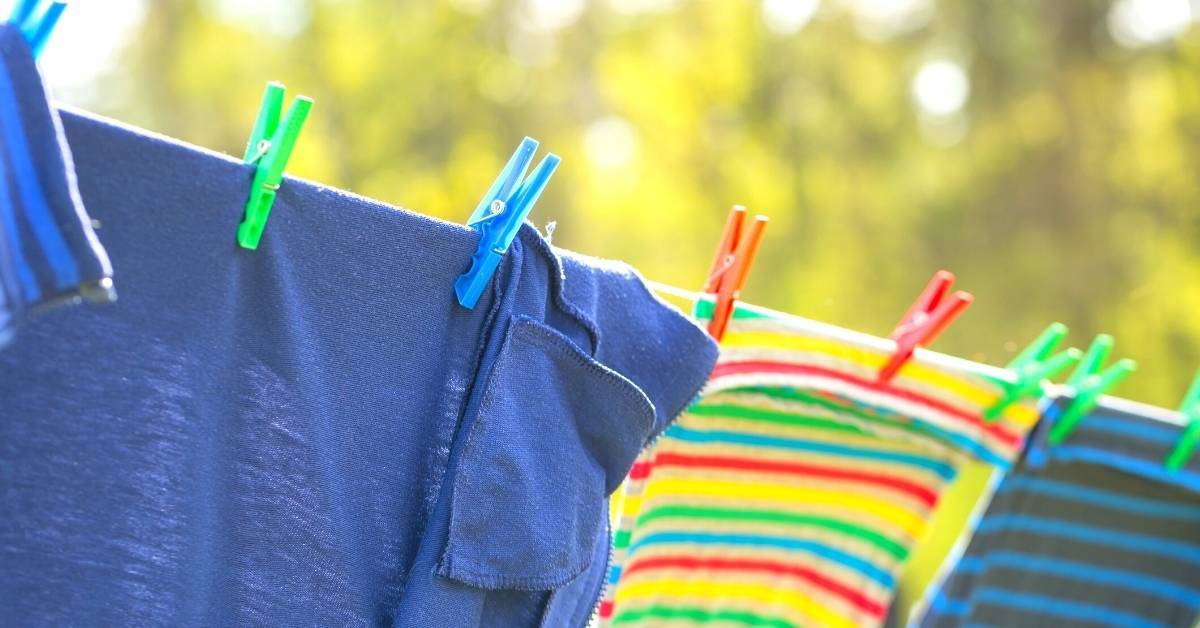
Introduction
Last part of our power brainstorming session. The topics again:
- Whole house power
- Heating and cooling
- Food preservation and preparation
- Lighting, communications, and devices
- Washing and hygiene
Last but not least. Important, but not necessarily in a power-saving way. Although we started talking about how being without power might affect us, there are a lot of other aspects we considered as well.
Heating water
Something to think about even if there end up being power issues, is – what is the most economical water heater? Our hot water tank dates back to 1965 and its only insulation is a couple of pieces of old pink Batts wrapped around it. So we figured it’s probably time to upgrade. But as far as we can see all of the modern options take much the same amount of energy. Maybe the better insulation would mean it switches on less often. But unless we’re doing our sums wrong, there doesn’t seem to be much difference. Possibly a heat pump tank would be better but sadly it won’t fit. Does anyone know more about this, or is it something that needs more research?
Other ideas:
- Use black pipes to heat water with the sun.
- Can a wetback be installed with a wood burner?
Washing clothes and linen
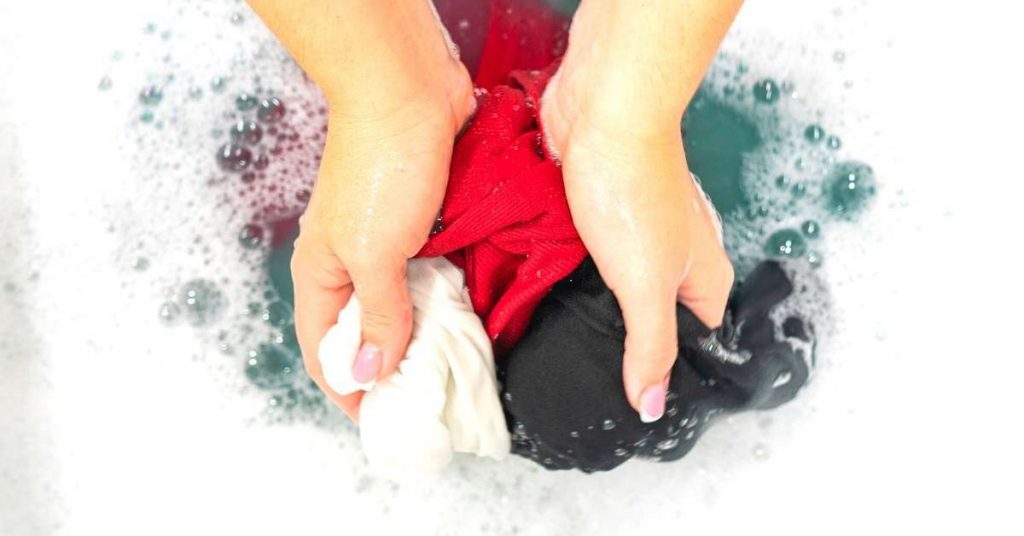
- Does the washing machine need to be run as often?
- Think about which things can be left a bit longer between washes?
- Can you do more cold water washes and less hot?
- Could some items be washed by hand in a bucket using far less water?
Drying clothes and linen
- If you usually use a drier, is there anywhere a washing line can be put up?
- If there’s not much space, where could a retractable one go?
Washing dishes
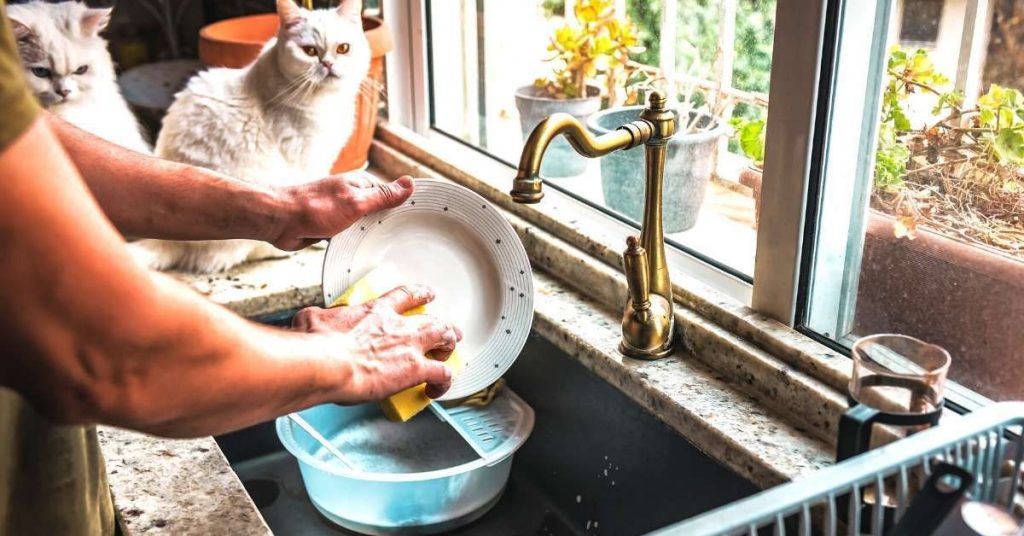
- Washing up by hand will use less hot water and power than running the dishwasher.
- What other methods are there if there is no hot water, or maybe no water at all?
Keeping our bodies clean
- Consider showering every second day and sponge bath the other day.
- Jump in the sea for a swim and clean – good for the mood!
- Solar showers for showering:
- There are three options on the Torpedo 7 website. These are bag options that range from $18 to $46.
- Cobalt has a fixed stand option for $350 plus GST. Fill the upright stand with water from your garden hose. Let the sun heat it up, then shower.
- Container Door have a similar looking one that is 40L capacity and costs $289 when it’s available
- There are a number of other options available, but note that all of them require a spot with quite a bit of sun
- Two of our group and several other friends know how to make their own soap. Is there someone in your group with that skill?
Toilets
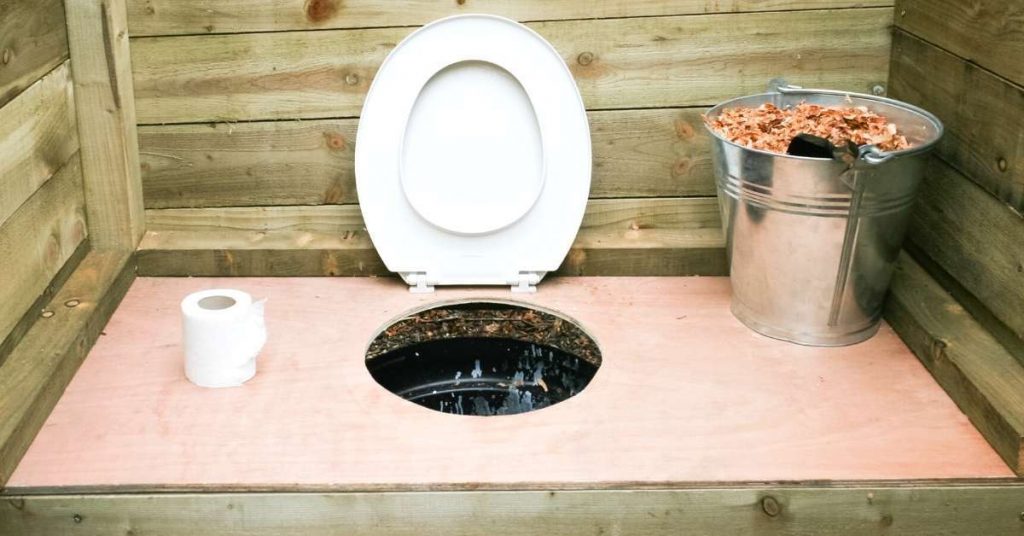
If we’re without power, we should still be able to use the toilet. But if the sewerage system is damaged, we need some other ideas up our sleeves. And if we run out of water, that’s a whole new problem. There’ll be another post to talk about water solutions but in the meantime…
- Sea water can be put down the toilet for flushing.
- Have a shovel in the tool kit in case things get survival enough that you need to dig a long drop as they did in Christchurch after the earthquake.
- Think of what you can use to cover it up, like sand or soil.
- Or for a compostable toilet, use compost or wood shavings.
- Worst case scenario might be a black plastic bag or a bucket, with cat litter and a toilet seat lid.
Other water solutions
The full post on water solutions will consider:
- Ways to use water more than once.
- Collecting our own rainwater.
- Storing water from the mains.
- Treating water to make it safe eg colloidal silver, products such as kiwi camping water treatment for tanks from Mitre 10, Camden tablets, go to a brewing place and ask for sterilization tablets, or chemist warehouse for sterilization tablets. Go to the page on water sterilisation for more info.


